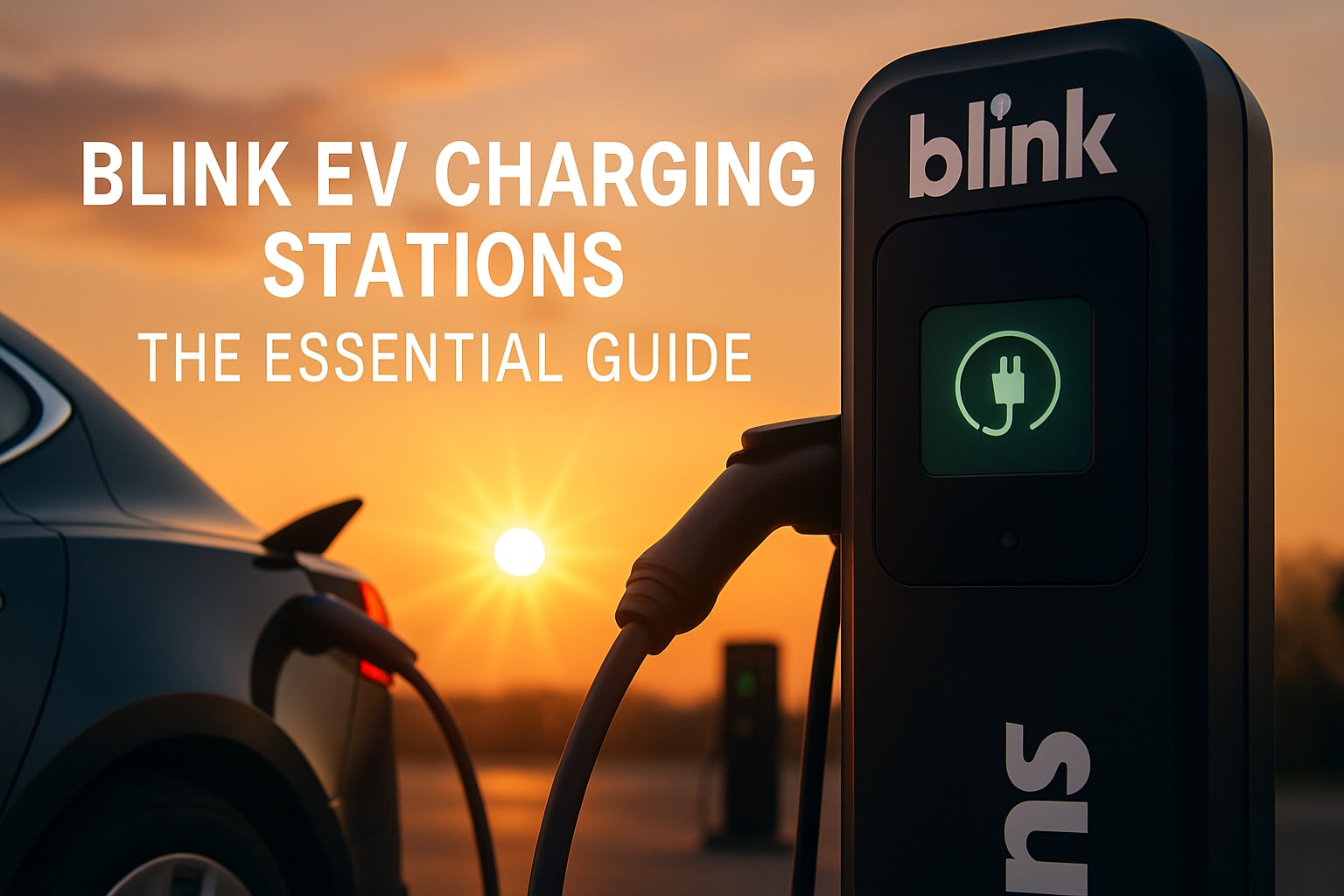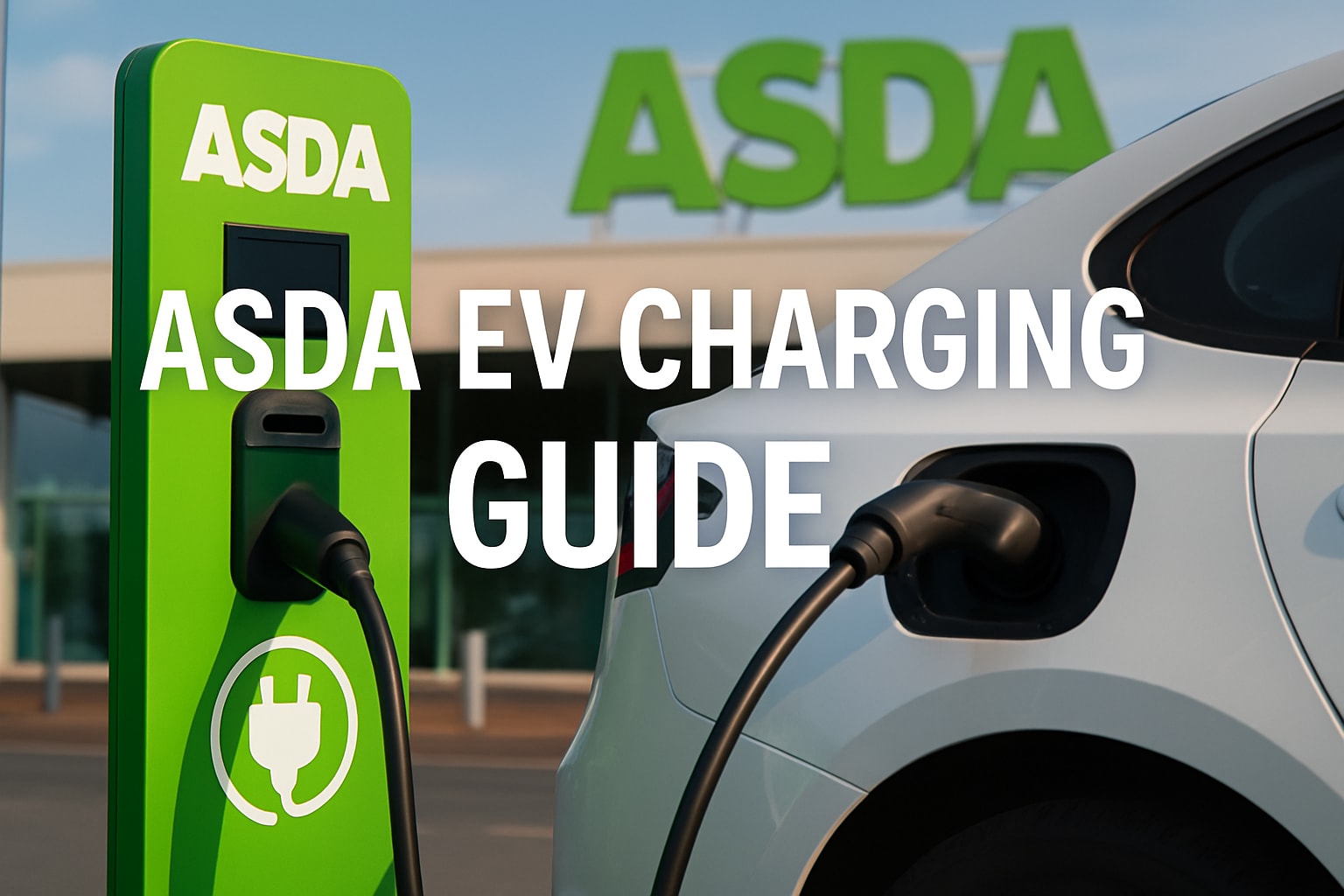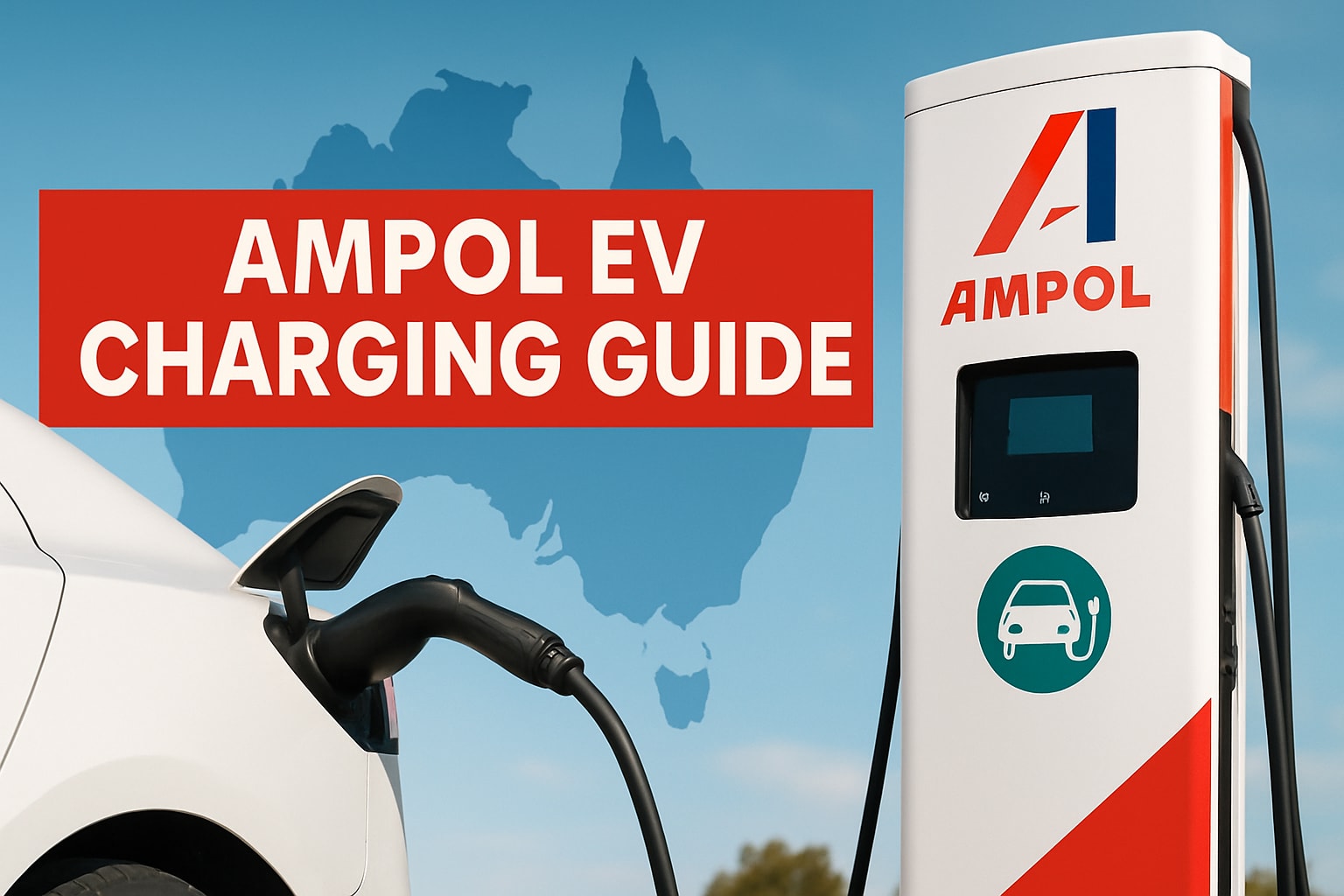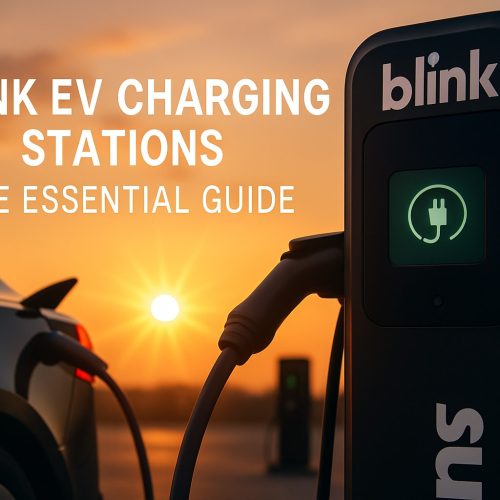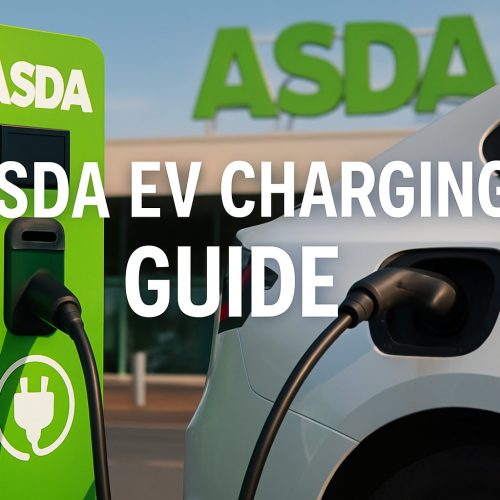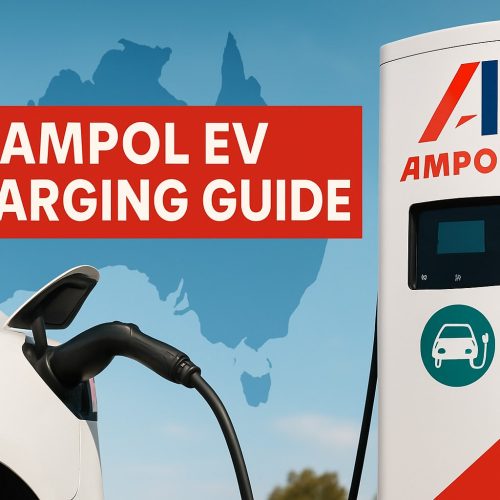Expanding electric vehicle charging infrastructure is crucial for driving sustainability and fueling the future of transportation in the United States. Developing nations face challenges such as limited access to affordable and reliable electricity, lack of charging infrastructure, and concerns about range anxiety. However, by overcoming these challenges and expanding EV charging networks, we can achieve sustainable mobility and combat climate change.
Key Takeaways:
- Expanding electric vehicle charging infrastructure is essential for achieving sustainable mobility in developing nations.
- Challenges faced by developing nations include limited access to affordable and reliable electricity, lack of charging infrastructure, and range anxiety.
- Expanding EV charging networks can reduce environmental impact, enhance energy security, create jobs, and promote economic growth.
- Innovative solutions such as public-private partnerships, mobile charging solutions, and integration with renewable energy sources can overcome challenges in developing economies.
- The US Department of Energy’s Alternative Fueling Station Locator tracks the growth of EV charging infrastructure in the US.
- The number of EV charging ports is increasing, with DC fast charging experiencing the largest percentage growth.
- California leads the country in the number of available public EV charging ports.
Understanding Electric Vehicle Charging
To make the most of electric vehicles, it’s essential to understand the basics of electric vehicle charging and the various options available. EV charging is the process of replenishing the battery of an electric vehicle to enable it to travel longer distances. There are different types of electric vehicle chargers, each offering different charging speeds and compatibility with various EV models.
Here are the main types of electric vehicle charging:
- Level 1 Charging: This is the slowest form of charging, using a standard household outlet (120 volts). Level 1 chargers are portable and are typically included with the purchase of an electric vehicle. It takes several hours to fully charge an electric vehicle using Level 1 charging.
- Level 2 Charging: This type of charging requires a dedicated EV charging station (240 volts). Level 2 chargers provide faster charging speeds compared to Level 1, allowing an electric vehicle to charge in a matter of hours. Many public charging stations and EV owners’ homes have Level 2 chargers installed.
- DC Fast Charging: Also known as Level 3 charging, DC fast charging offers the fastest charging speeds available. These chargers use direct current (DC) power and can charge an electric vehicle to around 80% within 30 minutes. DC fast charging stations are typically found along major highways and in commercial areas.
Understanding the different charging options empowers electric vehicle owners to choose the most convenient and efficient method for their needs. It’s important to note that the availability of charging infrastructure varies by location, but efforts are being made globally to expand electric vehicle charging networks and make them more accessible to all.
| Charging Level | Charging Speed | Typical Location |
|---|---|---|
| Level 1 | Slow (several hours for a full charge) | Residential areas |
| Level 2 | Medium (a few hours for a full charge) | Homes, workplaces, public areas |
| DC Fast Charging (Level 3) | Fast (around 30 minutes to reach 80% charge) | Highways, commercial areas |
By understanding the basics of electric vehicle charging, individuals can make informed decisions when it comes to purchasing an electric vehicle and planning their charging needs. As the demand for electric vehicles continues to rise, the expansion of charging infrastructure will play a vital role in supporting the transition to a more sustainable and eco-friendly transportation system.
The Benefits of Expanding EV Charging Infrastructure
Expanding electric vehicle charging infrastructure comes with a wide range of benefits for individuals, communities, and the environment. As we strive for sustainable mobility and combat climate change, developing nations face unique challenges in this endeavor. Limited access to affordable and reliable electricity, coupled with a lack of charging infrastructure, poses significant obstacles. Moreover, concerns about range anxiety further impede the widespread adoption of electric vehicles in these economies.
However, the expansion of EV charging networks in developing nations can yield numerous advantages. First and foremost, it reduces environmental impact by replacing conventional internal combustion engines with cleaner electric vehicles. As more EVs are charged using renewable energy sources, carbon emissions are significantly reduced, leading to improved air quality and mitigating the effects of climate change.
In addition to environmental benefits, expanding EV charging infrastructure also enhances energy security. By diversifying the energy mix and reducing reliance on fossil fuels, countries can achieve greater independence in meeting their energy needs. This contributes to a more stable and resilient energy system, reducing the vulnerability to fluctuations in oil prices and geopolitical tensions.
| Benefits of Expanding EV Charging Infrastructure |
|---|
| Reduced environmental impact |
| Enhanced energy security |
| Job creation |
| Economic growth |
| Increased access to sustainable mobility |
| Technological innovation |
“Expanding EV charging infrastructure reduces environmental impact, enhances energy security, creates jobs, promotes economic growth, increases access to sustainable mobility, and drives technological innovation.”
Furthermore, the expansion of EV charging infrastructure stimulates job creation and economic growth. The installation, operation, and maintenance of charging stations require skilled labor, creating employment opportunities and supporting local economies. Moreover, as more people switch to electric vehicles, there is increased demand for EV-related products and services, leading to a burgeoning industry that drives innovation and economic development.
Expanding electric vehicle charging infrastructure also plays a pivotal role in increasing access to sustainable mobility. By providing convenient and accessible charging options, EV owners can confidently travel longer distances, alleviating concerns about range anxiety. This ensures that individuals have the freedom to choose sustainable transportation options, reducing the dependence on fossil fuel-powered vehicles and paving the way to a greener future.
To overcome the challenges faced by developing economies, innovative solutions are imperative. Public-private partnerships can facilitate the necessary investments in charging infrastructure, leveraging the expertise and resources of both sectors. Mobile charging solutions can provide flexibility and convenience, catering to the needs of EV users in areas without dedicated charging stations. Additionally, integrating EV charging with renewable energy sources ensures a cleaner and more sustainable energy supply, further enhancing the environmental benefits of electric vehicles.
Snapshot of Charging Infrastructure in the US
In the United States, the US Department of Energy’s Alternative Fueling Station Locator plays a critical role in tracking the growth of EV charging infrastructure. Currently, there is an increasing number of EV charging ports nationwide, with the largest percentage growth seen in DC fast charging. California leads the country in available public EV charging ports, demonstrating its commitment to sustainable transportation and fostering a supportive infrastructure for electric vehicle adoption.
Challenges in Developing Nations
Developing nations encounter unique challenges when it comes to expanding electric vehicle charging infrastructure, including limited access to affordable and reliable electricity and concerns about range anxiety. These obstacles can hinder the adoption and widespread usage of electric vehicles, impacting the transition towards sustainable mobility.
One of the primary challenges is the limited access to affordable and reliable electricity in many developing countries. Without a robust electricity grid and reliable power supply, establishing widespread charging infrastructure becomes a significant roadblock. Without a consistent energy source, electric vehicle owners may face difficulties in charging their vehicles, limiting their ability to use EVs as a viable transportation option.
In addition, the lack of charging infrastructure is another significant hurdle. Developing nations often have a limited number of charging stations, which can deter potential EV owners from considering electric vehicles. The scarcity of charging stations may lead to range anxiety, a concern regarding the availability of charging points during long journeys. Range anxiety can discourage individuals from fully embracing electric vehicles, as they fear being stranded with no charging options available.
Overcoming these challenges requires innovative solutions and strategies that address the specific needs of developing economies. Public-private partnerships can play a crucial role in expanding charging infrastructure by leveraging private sector investments and expertise. Mobile charging solutions, such as battery-swapping stations or portable charging units, can provide convenient alternatives for accessing energy on the go. Furthermore, integrating electric vehicle charging infrastructure with renewable energy sources can help address the issue of limited electricity access while promoting sustainable practices.
By addressing the challenges faced by developing nations in expanding EV charging infrastructure, countries can unlock the potential of electric vehicles to reduce emissions, improve energy security, and fuel economic growth. Implementing sustainable solutions and creating an enabling environment for electric vehicle adoption will pave the way for a cleaner and more sustainable future of transportation.
Innovative Solutions for Developing Economies
To address the challenges faced by developing economies, innovative solutions like public-private partnerships, mobile charging solutions, and integration with renewable energy sources have emerged. These solutions aim to overcome the limited access to affordable and reliable electricity, lack of charging infrastructure, and concerns about range anxiety that hinder the expansion of electric vehicle (EV) charging infrastructure.
Public-private partnerships play a vital role in accelerating the development of charging networks in developing nations. By bringing together government agencies, private companies, and non-profit organizations, these partnerships can pool resources, expertise, and funding to establish charging stations in strategic locations. This collaborative approach ensures that charging infrastructure is deployed efficiently and effectively, enabling widespread adoption of electric vehicles.
Another innovative solution is the use of mobile charging solutions. These portable charging units can be deployed in remote areas or areas with limited access to electricity grids, providing a flexible and convenient charging option for EV owners. Mobile charging solutions can be equipped with solar panels, allowing them to harness renewable energy sources and further reduce their environmental impact.
| Public-Private Partnerships: Advantages | Mobile Charging Solutions: Advantages |
|---|---|
| Pooling of resources, expertise, and funding | Flexibility and convenience |
| Efficient and effective deployment of charging infrastructure | Ability to reach remote areas and areas with limited access to grids |
| Accelerated adoption of electric vehicles | Integration with renewable energy sources |
Integration with renewable energy sources is another key aspect of expanding EV charging infrastructure in developing economies. By utilizing solar, wind, or hydroelectric power, charging stations can minimize their reliance on traditional energy sources. This not only reduces greenhouse gas emissions but also contributes to the overall sustainability and resilience of the charging infrastructure.
With these innovative solutions, developing economies can overcome the challenges they face in expanding electric vehicle charging infrastructure. By embracing public-private partnerships, utilizing mobile charging solutions, and integrating renewable energy sources, these nations can pave the way for a sustainable and electric future.
Tracking EV Charging Infrastructure in the US
The US Department of Energy’s Alternative Fueling Station Locator plays a significant role in tracking the growth of electric vehicle charging infrastructure in the United States. This online tool provides real-time information on the locations of electric vehicle charging stations, helping EV owners find reliable charging options across the country.
With the increasing demand for electric vehicles, the need for a robust charging infrastructure is more evident than ever. The Alternative Fueling Station Locator allows users to search for charging stations based on their location, preferred charging type, and additional amenities. This comprehensive database ensures that EV owners can easily locate charging stations that suit their needs.
In addition to providing information on the current state of EV charging infrastructure, the Alternative Fueling Station Locator also highlights the growth of charging networks over time. Users can access historical data, trends, and statistics, helping stakeholders understand the progress and development of EV charging infrastructure in the United States.
| Snapshot of Charging Infrastructure in the US | |
|---|---|
| Number of Charging Ports | Significant growth |
| DC Fast Charging | Largest percentage growth |
| California | Leads in available public EV charging ports |
The data obtained from the Alternative Fueling Station Locator reveals that the number of EV charging ports in the United States is steadily increasing, demonstrating the commitment to expanding charging infrastructure. Furthermore, the growth of DC fast charging shows the emphasis on reducing charging time and enhancing convenience for EV owners.
California, known for its progressive environmental policies, leads the country in the number of available public EV charging ports. This state’s proactive approach to sustainability has resulted in a robust charging network, making it easier for residents and visitors to access clean and sustainable transportation options.
In conclusion, the US Department of Energy’s Alternative Fueling Station Locator is a valuable resource for tracking the growth of electric vehicle charging infrastructure in the United States. As the demand for EVs continues to rise, this online tool ensures that EV owners have access to reliable charging options and enables stakeholders to monitor the progress of charging infrastructure development across the country.
Snapshot of Charging Infrastructure in the US
The electric vehicle charging infrastructure in the United States is rapidly expanding, with notable growth in DC fast charging and California leading the way in available public EV charging ports. As of the latest data, there are a total of approximately 112,000 EV charging ports across the country, catering to the increasing demand for sustainable transportation.
In terms of charging speeds, DC fast charging has seen significant growth, allowing EV owners to quickly recharge their vehicles on long journeys. With DC fast charging, drivers can add approximately 200 miles of range in just 30 minutes, making it more convenient and practical for longer trips. The number of DC fast charging stations has grown at an impressive rate, providing EV owners with more options for fast and efficient charging.
When it comes to available public EV charging ports, California leads the country with its extensive network. The state has made significant investments in infrastructure development, resulting in a robust charging network that spans highways, city centers, and residential areas. With over 25,000 public EV charging ports, California offers EV owners convenient access to charging facilities and promotes wider adoption of electric vehicles.
| State | Number of Available Public EV Charging Ports |
|---|---|
| California | 25,000+ |
| Texas | 10,000+ |
| New York | 8,000+ |
| Florida | 6,000+ |
| Washington | 5,000+ |
These numbers indicate a positive trend towards the expansion of electric vehicle charging infrastructure in the United States. As more charging stations are installed and public support for sustainable transportation grows, EV owners can enjoy increased accessibility and convenience, further driving the adoption of electric vehicles.
[Additional Keyword: Expanding Electric Vehicle Charging Infrastructure]
With the increasing demand for sustainable transportation, the expansion of electric vehicle charging infrastructure in the United States continues to gain momentum. As more people embrace electric vehicles as a greener alternative to traditional cars, the need for accessible and efficient charging stations becomes paramount.
One of the key players in tracking the growth of EV charging infrastructure is the US Department of Energy’s Alternative Fueling Station Locator. This valuable tool provides snapshots of the current state of charging infrastructure across the country. According to the latest data, there has been a significant increase in the number of EV charging ports, with a particular focus on the rapid growth of DC fast charging.
Among the states leading the way in expanding public EV charging ports, California stands out. Known for its commitment to sustainability, California boasts the highest number of available public EV charging ports in the country. This not only contributes to reducing range anxiety among EV owners but also promotes the adoption of electric vehicles as a viable mode of transportation.
The expansion of electric vehicle charging infrastructure brings numerous benefits to society. By reducing the environmental impact of transportation, such as emissions and air pollution, it contributes to a cleaner and healthier environment. Additionally, the growth of EV charging networks creates job opportunities and stimulates economic growth. Furthermore, it provides increased access to sustainable mobility and drives technological innovation in the transportation sector.
| Benefits of Expanding EV Charging Infrastructure: | |
|---|---|
| Reduced environmental impact | Enhanced energy security |
| Job creation | Economic growth |
| Increased access to sustainable mobility | Technological innovation |
Conclusion
Expanding electric vehicle charging infrastructure is a vital step towards achieving sustainability goals, promoting economic growth, and fueling the future of transportation. In developing nations, the challenges of limited access to affordable and reliable electricity, lack of charging infrastructure, and concerns about range anxiety can be overcome with innovative solutions. Public-private partnerships, mobile charging solutions, and integration with renewable energy sources offer promising ways to expand EV charging networks and support sustainable mobility.
By expanding EV charging infrastructure, we can reduce environmental impact and enhance energy security. The increased adoption of electric vehicles not only reduces carbon emissions but also reduces dependence on fossil fuels. This shift towards sustainable transportation creates new opportunities for job creation and economic growth.
Furthermore, expanding EV charging infrastructure improves access to sustainable mobility for communities across the world. It enables individuals to adopt electric vehicles without worrying about charging availability. This accessibility promotes equity and inclusivity in transportation systems, ensuring that everyone can benefit from clean and efficient modes of travel.
The growth of EV charging infrastructure also fuels technological innovation. As more investments are made in charging stations and related technologies, we can expect significant advancements in battery technology, charging speeds, and network management. These advancements will further enhance the convenience and efficiency of electric vehicle charging, making it an attractive option for a wider range of consumers.
The United States, as a leader in the expansion of electric vehicle charging infrastructure, is making notable progress. The US Department of Energy’s Alternative Fueling Station Locator plays a crucial role in tracking the growth of EV charging infrastructure, providing valuable insights into the state of charging networks. Currently, the number of EV charging ports is increasing, with DC fast charging witnessing the largest percentage growth. California is at the forefront, with the highest number of available public EV charging ports.
In conclusion, expanding electric vehicle charging infrastructure is not just about convenience; it is a critical element in achieving sustainability, promoting economic growth, and shaping the future of transportation. By embracing innovative solutions and investing in charging networks, we can create a cleaner, greener, and more inclusive transportation system for generations to come.
FAQ
Why is expanding electric vehicle charging infrastructure important?
Expanding electric vehicle charging infrastructure is crucial for achieving sustainable mobility and combating climate change. It reduces environmental impact, enhances energy security, creates jobs, promotes economic growth, increases access to sustainable mobility, and promotes technological innovation.
What challenges do developing nations face in expanding EV charging infrastructure?
Developing nations face challenges such as limited access to affordable and reliable electricity, lack of charging infrastructure, and concerns about range anxiety.
What innovative solutions can overcome the challenges faced by developing economies?
Innovative solutions such as public-private partnerships, mobile charging solutions, and integration with renewable energy sources can help overcome the challenges faced by developing economies.
How can I track the growth of EV charging infrastructure in the US?
The US Department of Energy’s Alternative Fueling Station Locator tracks the growth of EV charging infrastructure in the US, providing snapshots of the state of charging infrastructure.
Which state in the US has the highest number of available public EV charging ports?
California leads the country in the number of available public EV charging ports.
What is the growth trend of DC fast charging in the US?
The largest percentage growth in EV charging ports in the US is seen in DC fast charging.
